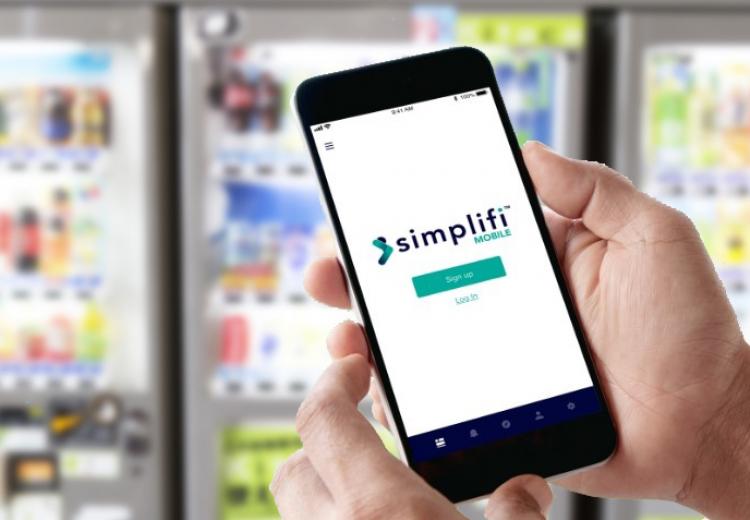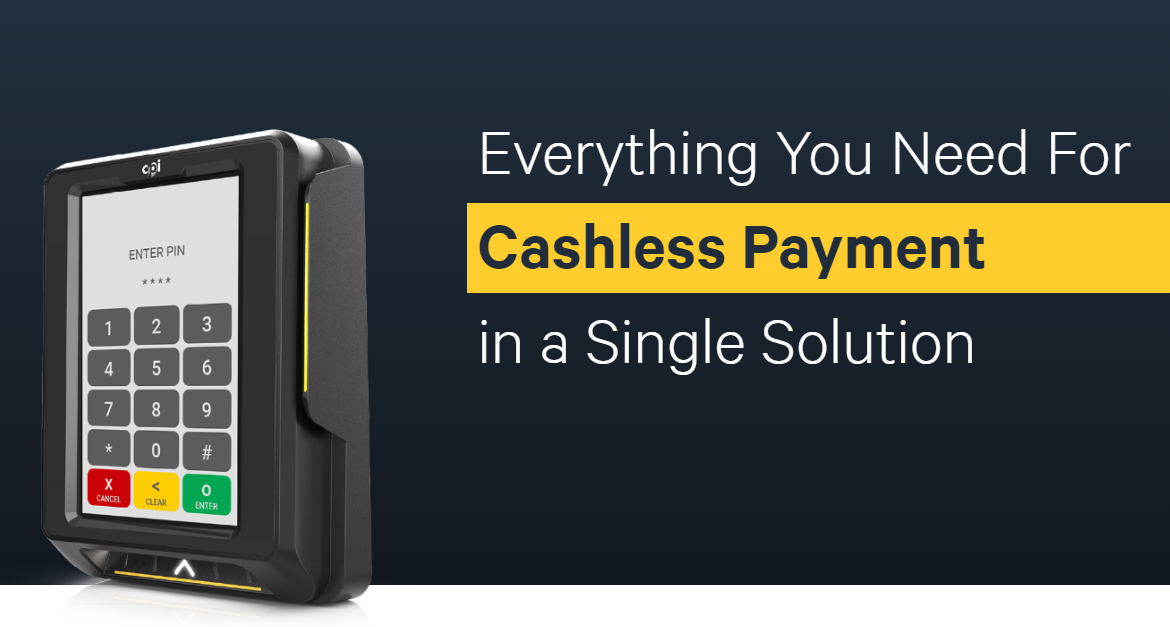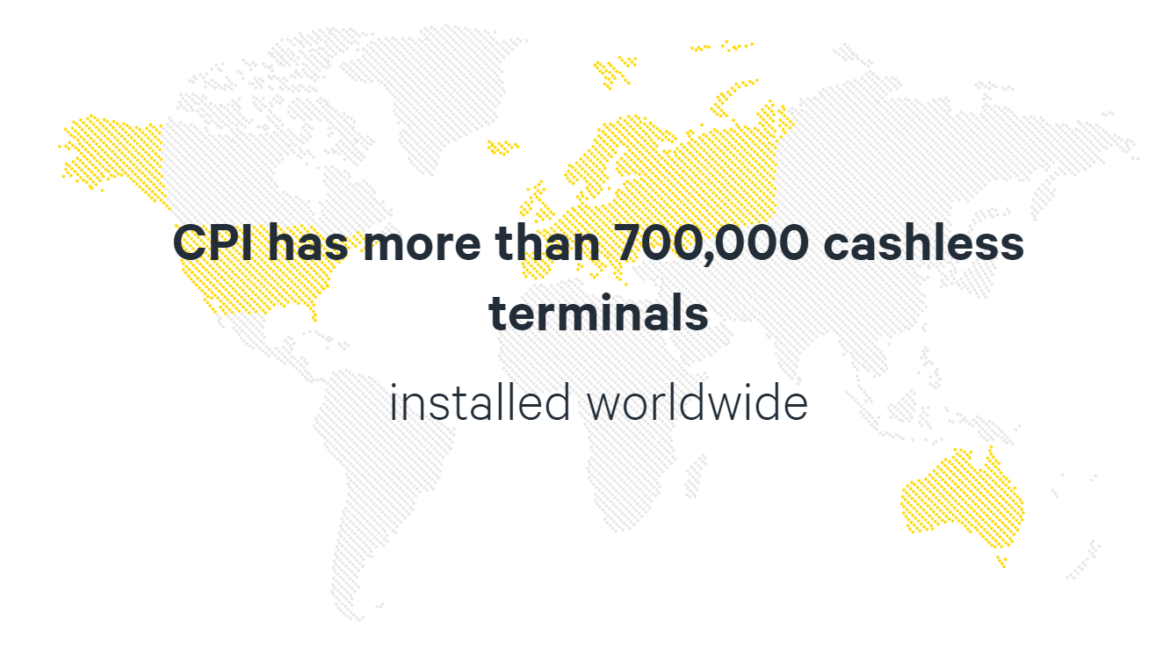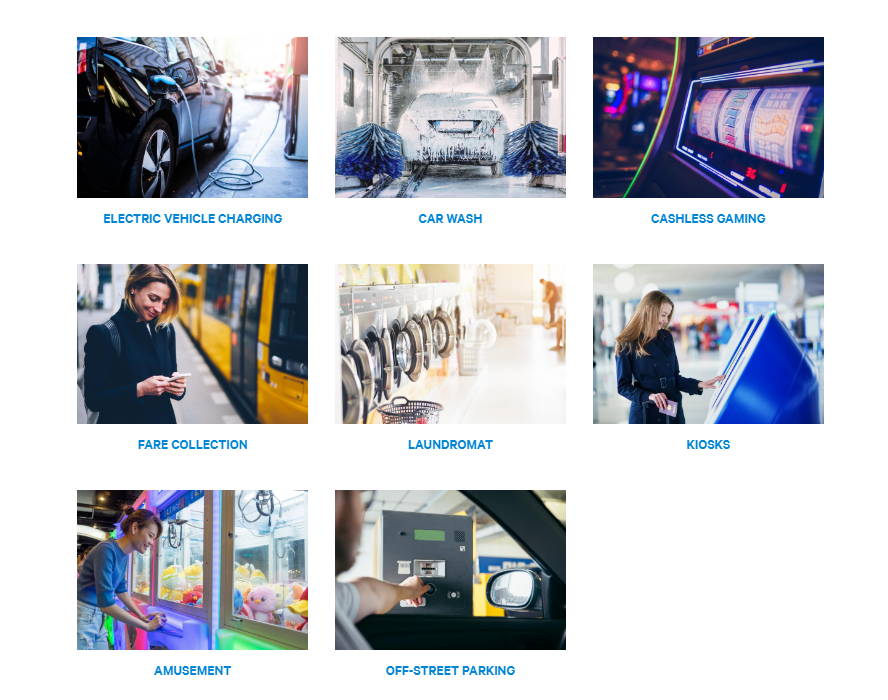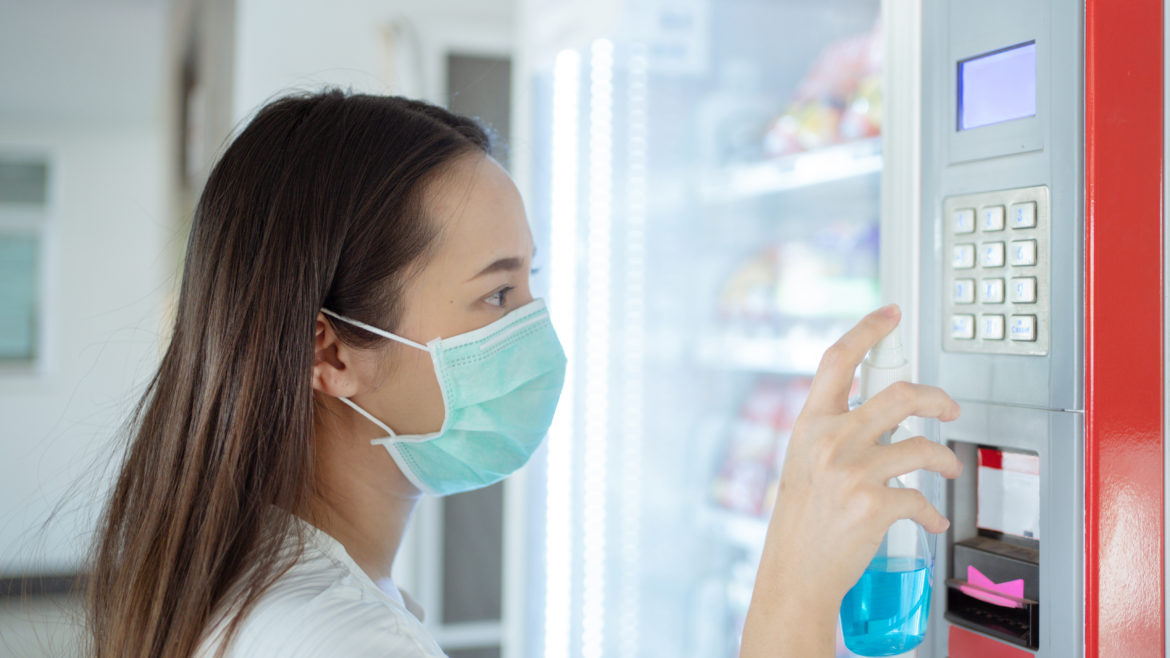The vending machine route business is a balance of best vending equipment, best locations, quick service and best products.
The focus of this article is about keeping the best product mix, in stock and least cost.
LOWER COST = BIGGER PROFIT
After you secure a location with an owner eager to have you place your vending machine, what do you do next? If you want your vending machine business to succeed, you need to work at the best product mix to maximize customer satisfaction at least cost.
There is a huge variety of products available with just as many options of where to buy. You’ll need to determine the best resources from: wholesalers, cash and carry suppliers, brokers of specialty products or membership clubs.
WHOLESALERS
Pros:
Wholesalers usually offer the widest selection of product types at the lowest prices available. Besides having extensive lists of items to choose from, wholesalers are frequently better positioned to distribute them quickly to you. You’ll need a supplier that can react quickly and wholesale distribution centers can ship within a day or two. Research if there is a wholesaler in your area so you can pick up product in a pinch.
Wholesalers have thousands of items to choose from. They offer a variety in sizes to provide you with extra profit potential by offering specials. And a wide variety of choices to make this a one stop resource.
Cons:
As convenient as a large distributor can be, shipping charges can add up. Ask about additional fees for split cases, small orders or frequent order charges. You’ll want to use a large wholesaler for items you sell frequently and can turn before sell by dates. It will take time to establish a trade account/credit. Your cash could be tied up for up to an additional week with fulfillment and shipping time.
Waste can lead to lower profits.
CASH AND CARRY SUPPLIERS
Pros:
Cash and carry suppliers are usually associated with a particular wholesale distributor, such as Vistar. Supply companies usually offer case lots of popular products that vending machine business can order and then pick up at any one of their locations. They also cater to small mom-and-pop stores and other vendor types.
Two of the main benefits of cash and carry suppliers is the amount of products available and the convenience. Since they are usually attached to a larger wholesale dealer, they carry the same product lines in smaller quantities. Also, the day you order is frequently the day you pick up your cases and you can drive off to service and vending machines right away.
Most of the cash and carry suppliers who work with vending companies require your business license and appropriate account opening paperwork but no other opening fees.
Cons:
If your vending route doesn’t take you near a distribution location, this may not be an option for you.
Do the math! The cost of product selection in small amounts can be costly. The convenience factors can be the most costly.
BROKERS OF SPECIALTY PRODUCTS
Pros:
Specialty vending machine business brokers specializing in hot products can be your best resource. These business people look for the newest trends, products and new release items that you’ll want in your vending machines.
Although it does cost money to use one of these vending machine business brokers, they can be quite valuable especially for beginners who do not understand or have the manpower to track sales trends and analyze profits over time in order to pick the best products or routes. They also negotiate with manufacturers to get special bulk discounts or rebates on larger quantities. These savings are shared amongst several different vending machine businesses.
Use brokers on items you can increase the spread. The broker should be able to negotiate better deals, faster delivery and/or unique products to increase the inventory turn in your vending machines.
Cons:
The majority of specialty brokers work primarily with large and established vending machine businesses with bigger budgets and more work. You may be better off with a smaller brokerage to start. If you do hire one at the start of your vending machine business, you will undoubtedly be assigned a junior broker who is still learning. They may have fewer contacts and sources and less skill at tracking trends.
Many brokers are representing a particular brand name of food, beverages and other products. Their goal is to sell as much product from that company is possible and not necessarily to improve your vending business or increase your profitability. Ask! If you know that is their motivation, understanding how you can make this work for you is key.
MEMBERSHIP WAREHOUSES
Pros:
Costco, Sam’s Club and BJ’s are all examples of membership clubs that vending machine businesses can buy a products from.
Although they are also open to the public, who purchased a membership, these clubs are also attractive sources for wholesale products intended for vending machine resale. As long as you live or work nearby, these warehouses are very convenient for buying anything from individually wrapped candy to soda to snacks. Check for special business hours. This will save time.
Calculate your costs. Membership clubs do not put considerable markup on the wholesale prices they get. Since they are such large companies themselves, they can buy in massive bulk quantities at special discount prices from the manufacturers. These initial savings is passed on to you. This allows your vending machine business to sell products at the same price and keep your level of profit steady.
Not only are quantities high and costs low, most memberships clubs allow you to return unused products for a full refund. Wholesalers, on the other hand, may charge return and restocking fees.
Cons:
Most wholesale clubs have an annual membership fee. Calculate this into your costs.
Membership warehouses are not stocking just for you. The product selection may be limited in some categories or out of stock. Be prepared to change your inventory on the fly.
RESULTS
The Volume of Your Vending Machine Business Will Dictate
It will all come down to determining the best combination for your business. And, always run the margins! It will become second nature to make decisions on specialty products, specials and product mix changes based on your route.
Using an app, like ones offered by Crane Vending, will help you with management reports on usage, time out of stock and other critical factors. Making product mix decisions will become easier over time.
Driving to the Supplier Cuts Into Profits
There is always a business balance to achieve with profit. Driving to a supplier costs time, gas and vehicle costs. While shipping costs and receiving has a separate cost quotient. Take all costs in to account.
Focus on Buyer Benefits
In the end, the products you choose and where you buy them from should matter primarily because of the experience you can give to your ultimate consumer.
Give them clean, high quality and fresh products – and you’ll be rewarded with returning customers!


